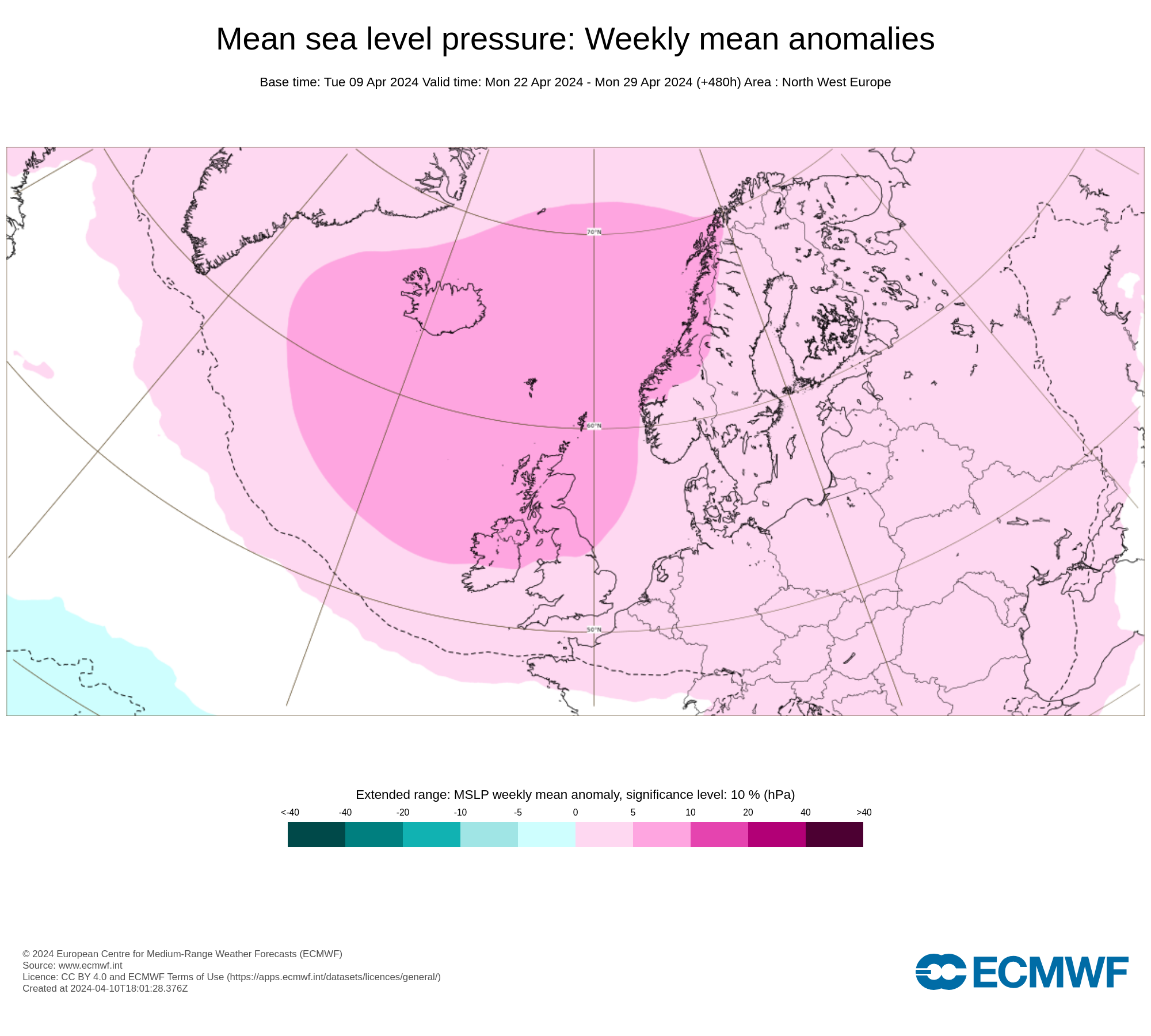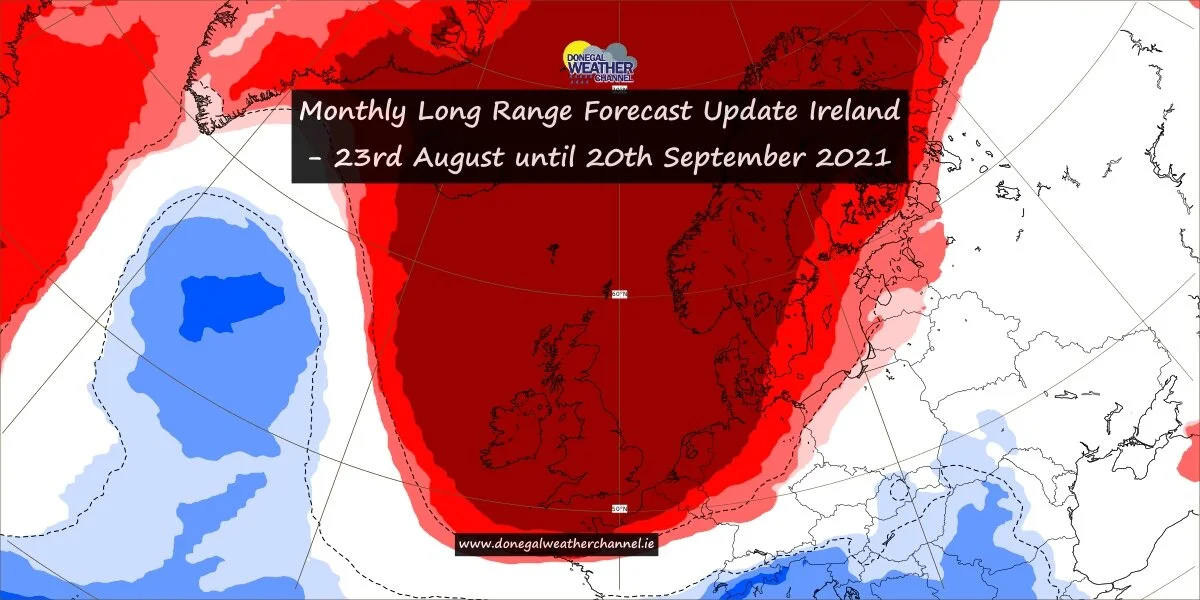Noctilucent clouds season will get underway in the coming weeks lasting over the summer (Copy)
Yes it nearly that time of year again when we will be watching the northern skies during the nights and before dawn over the summer months for the night shining clouds called Noctilucent clouds.
Last years season of 2020 and 2019 was one of the best 2 seasons to date with a number of very bright intense type one displays with the northern sky glowing.
Noctilucent clouds are the highest clouds on earth and one of the most beautiful clouds to look at and are unusual due to the way the glow in the summer night sky.
The Clouds normally can be seen from around the end of May at the earliest and last the whole summer until early August across the northern hemisphere and if you are in the southern hemisphere they can be seen during December to January
Noctilucent clouds are extremely rare collections of ice crystals, occasionally appearing in late clear summer evenings after sunset, but before it gets completely dark. They become visible about the same time as the brightest stars appear and often stay visible after dark because they are still reflecting sunlight due to their great height. They are higher up than any other clouds, occupying the layer of atmosphere known as the Mesosphere, and are only seen at latitudes between 45°N and 80°N in the Northern Hemisphere, and equivalent latitudes in the southern hemisphere. They are seen less often in the southern hemisphere as there is very little land and very few people there. Only the southern tip of Argentina and Chile, and the Antarctic are at the correct latitude.






Like many clouds, noctilucent clouds need water vapour, dust, and very low temperatures to form. Low temperatures are easily attainable in the Mesosphere, but water vapour and dust are in short supply. The dust may well come from tiny meteors from space, although dust from volcanoes or man-made pollutants may add to these. Scientists believe that the moisture comes through gaps in the tropopause, or perhaps forms from the chemical reaction of methane and other chemicals. These clouds are far too high to have any effect on weather on the ground.
One of the many puzzles surrounding noctilucent clouds is that they appear to be a relatively recent meteorological phenomenon, first described as a distinct cloud phenomenon by the astronomer and meteorologist Thomas William Backhouse in 1885. The first recorded observation of such clouds appears to be a note in the Observatory's climate archive made by the third director, the Revd Thomas Romney Robinson from Armagh Northern Ireland, who described "strange luminous clouds in NW, not auroral", seen around 10pm on 1st May 1850.
















